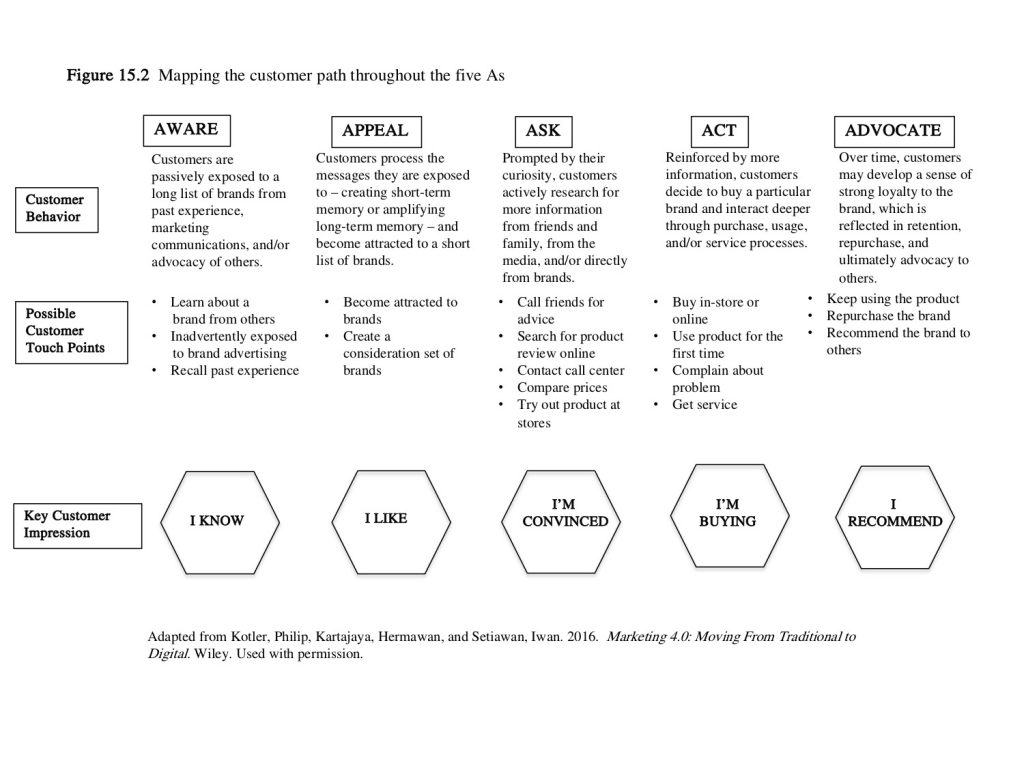“Just How Bad Is the Ad Revenue Decline” was the May 7, 2020, headline of a RADIO INK story that began:
Research just released by Media Monitors details exactly how ugly it’s been over the past six weeks. Between April 13 and April 19, Department Store spending on radio is down 98%, Casinos and Hotels are off 89% and Telecom declined 78%.
On our daily Coronavirus update, radio CEOs have been reporting revenue drops anywhere between 40% and 70%. As a result, many radio employees have either been let go, furloughed or had their pay cut.
Local radio stations that are not owned by a large group owner such as iHeart, Entercom, Cumulus, Cox or Beasley are like locally owned newspapers – they are dying off in droves because advertisers are pulling their ads. The RADIO INK story continues:
Some broadcasters have received money from the government’s Payroll Protection Program to help keep employees working. The NAB has been working Senators and Congressman to make sure any additional government funding gets in the hands of radio station owners as they continue to serve their communities and raise money needed for local food banks and other organizations during this crisis.
If the NAB can’t convince Congress to save these advertising-strapped stations, they might have to resort to prayer, and they can request a prayer from Relevant Radio.
I had never heard of Relevant Radio until John Kosinski responded via email to one of my blog posts that mentioned the beginning of “Eyewitness News.” John had been involved in “Eyewitness News” and had worked with its creator, Al Primo, and John filled me on some of the local TV news format’s history.
John’s email made him seem like an interesting person, so I called him. During the conversation, I asked him what he was doing, and he indicated that he was a host on Relevant Radio. “Relevant what?”, I asked cluelessly. I’d been in the media 75 years and radio for 12 in the late 1960s and early-to-mid 1970s, and I had never heard about a radio group named Relevant, so I asked John if I could call him back and learn more.
In our second call John told me that Relevant Radio is a group of 170 radio stations (101 owned and 65 affiliates) that follows the teachings of the Catholic Church and that reaches a cumulative audience of 220,000,000 (yes, that’s 220 million). The group has stations in all of the top-10 markets (WNSW-AM in Newark/New York, KHJ-AM in Los Angeles and WKBM-AM in Chicago) and in 23 of the top-25 markets. The Executive Director of the group is a Catholic Priest, Father Francis Hoffman, who oversees the talk-radio programming that includes “The Inner Life,” “Go Ask Your Father,” “Father Simon Says,” “Family Rosary Across America” and “Daily Mass.”
Relevant Radio has a highly functional, well-designed website that features the tagline “Bringing Christ to the world through the media” and that has a list of stations, programming schedules, a listen function and a page on which anyone can request a prayer. John told me that the current focus of the programming was to fight the coronavirus pandemic with “facts and faith versus fear,” which seemed like a pretty good idea to me.
John told me that Relevant Radio’s audience was, generally, 55 percent women and people aged 35-60, and that the ratings had increased substantially as the coronavirus pandemic spread across the country, as have donations. Relevant Radio is healthy as many people turn to prayer to help them cope with the pandemic and a president who gives them no guidance and little hope.
Another thing I learned from John was that president’s favorite talk show host, the bloviator-in-chief, Rush Limbaugh’s ratings have declined substantially in the last couple of years. With an audience decline from a high of 26 million to a current audience of 8 million, the nasty Rush has a lot less influence than he and Trump tout.
I’m an Episcopalian, but am not currently a church-going person. However, after I learned about Relevant Radio, I’m considering requesting a prayer for all of the brown and black older people (probably Democrats) who Rush Limbaugh and Trump don’t seem too concerned about.
Also, requesting a prayer might be the only option left for small-market radio stations not owned by large groups.

